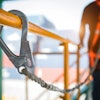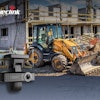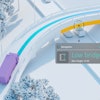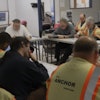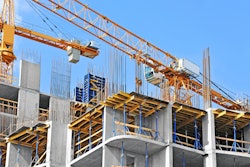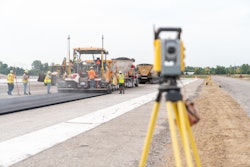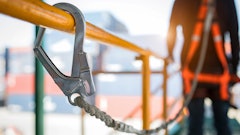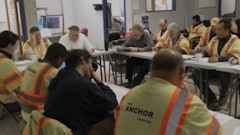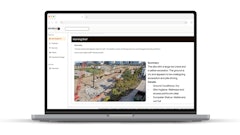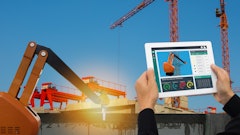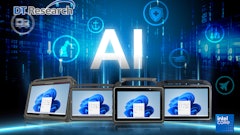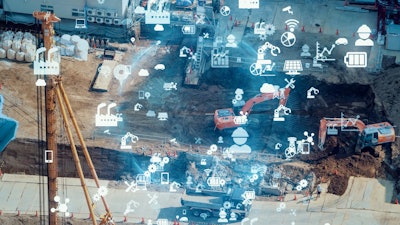
When most construction project managers think about using reality capture on the jobsite, productivity and costs are top of mind. From a productivity perspective, a recent survey conducted by the National Association for Women in Technology (NAWIC) asked construction professionals about the impact of new technologies designed specifically for the jobsite. Of the more than 300 survey respondents, 95% reported being more productive. Yet justifying the cost is often another matter.
As fear of a recession looms and the construction staffing shortage shows no signs of improving, with the Associated Builders and Contractors reporting the industry will need more than half a million workers above its current pace of hiring in order to meet demand, justifying the cost of reality capture technology is more challenging. It really comes down to determining how quickly the product will pay for itself.
First, let’s understand what reality capture is and what it can do for a construction company. In the simplest terms, reality capture uses laser scanners to quickly and accurately capture a physical space and replicate it in a 3D virtual environment.
On construction jobsites, reality capture is used to build 3D models of a space or structure. This reduces unnecessary return trips to remeasure a space, and supports greater collaboration and efficiencies among teams on a jobsite and those in the office. At a time where remote work is on the rise, reality capture is especially useful for monitoring the progress of a project, comparing as-built models with design-intent models, and addressing any potential issues before additional resources are spent on the actual build.
More recently, advances in autonomous reality capture made it possible to scan hard to reach areas using robotics and unmanned aerial vehicles (UAVs). For example, capturing the top of a skyscraper, conducting an underground excavation and exploring areas impacted by natural disasters are ideal environments for autonomous reality capture because they don’t require workers to physically enter the spaces. But who is actually using this technology?
Historically, reality capture was primarily used by larger construction firms. This changed as more devices came on the market, offering a wider array of options in terms of size, functionality, price, autonomy, and how easy they are to master. Also, when the reliance on third party scanning specialists was not as necessary, reality capture devices became more common on jobsites managed by small to medium sized construction firms.
While there are many uses for reality capture technology on a jobsite, some general contractors may not see an immediate and/or high return on their investment. This often happens when the wrong tool is used for the job. The biggest variables in pricing for reality capture products are based on accuracy, scanning distance, speed, and quality of output. Yet not every job requires the highest accuracy and highest quality output. Depending on the needs of the client, a lower cost reality capture product will suffice. On the other hand, sacrificing long term gains for short-term cost savings is not a wise investment either. This is why general contractors and project managers look across their project management dashboard and consider the five factors below before buying a reality capture product.
Five Factors to Measure the ROI of Reality Capture
To determine if and when an investment in autonomous reality capture will deliver the anticipated ROI, contractors should evaluate the product and cost based on the following five factors:
1. Staffing: Consider the efficacy of using autonomous devices to fill worker shortages on jobsites, reduce the reliance on third party consultants, and eliminate the expense of having to return to sites to retake measurements.
2. Greater efficiencies: Gained through greater collaboration between workers on jobsites and colleagues in the office saves time and costs, resulting in more satisfied clients and higher employee retention.
3. New market opportunities: Easy to use allows contractors to expand into new areas such as manufacturing, utilities, or the conversion of commercial buildings into mixed use or residential spaces.
4. Detailed documentation: Can be used for future projects at the site, adjacent projects in the neighborhood, city planning, and courtroom evidence, dependent on the needs of the project.
5. Safety risks: Determine the potential safety risks, liabilities, OSHA fines, and insurance premiums associated with workers or subcontractors having to enter difficult to reach places or areas with the potential for safety hazards.
As reality capture technology is more commonly used on construction jobsites, by firms of all sizes and workers at all skill levels, decision makers are constantly evaluating the upside of the investment. Like any construction project, it requires the right tools for the right job. Since the industry offers lots of options, it’s important to weigh the features and benefits of each reality capture device against the needs of clients and your business before making an investment.

